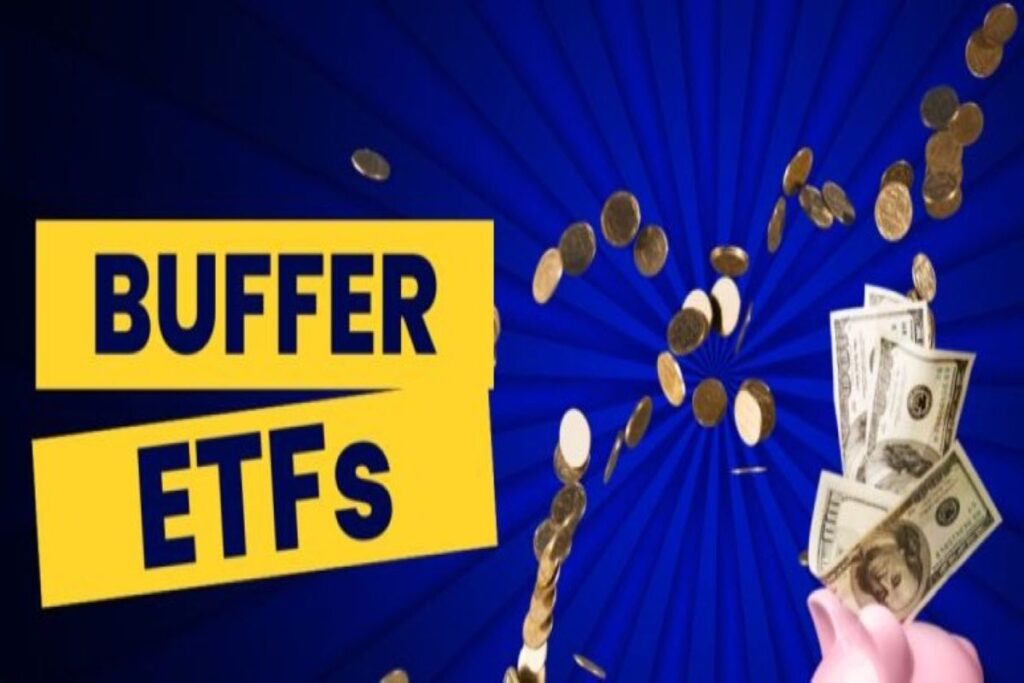Wall Street analysts familiar with buffer ETFs are offering it up to clients to protect their investments from market downsides. For example, Bruce Bond, the CEO of Innovator ETFs, affirms that investors can use buffer exchange-traded funds to hedge market instabilities.

So, this investment strategy gets folks full exposure to opportunities while protecting them from the accompanying risks.
What are Buffer ETFs?
For a simplified explanation of how a buffer ETF works, it is a method of defining the outcome of a stock market investment. It limits the margin of loss during an exchange, but when you gain, the system takes a portion of the proceeds as compensation for the risk security.

Buffer ETFs became a thing in 2018 and currently have aggregate assets of about $47 billion.
Buffer ETFs are Like Accessories to Investment Funds
Most, but not all, buffer ETFs are linked to the S&P 500 index. However, it is left to the fund manager to determine what protection the ‘buffer’ offers to a particular investment.
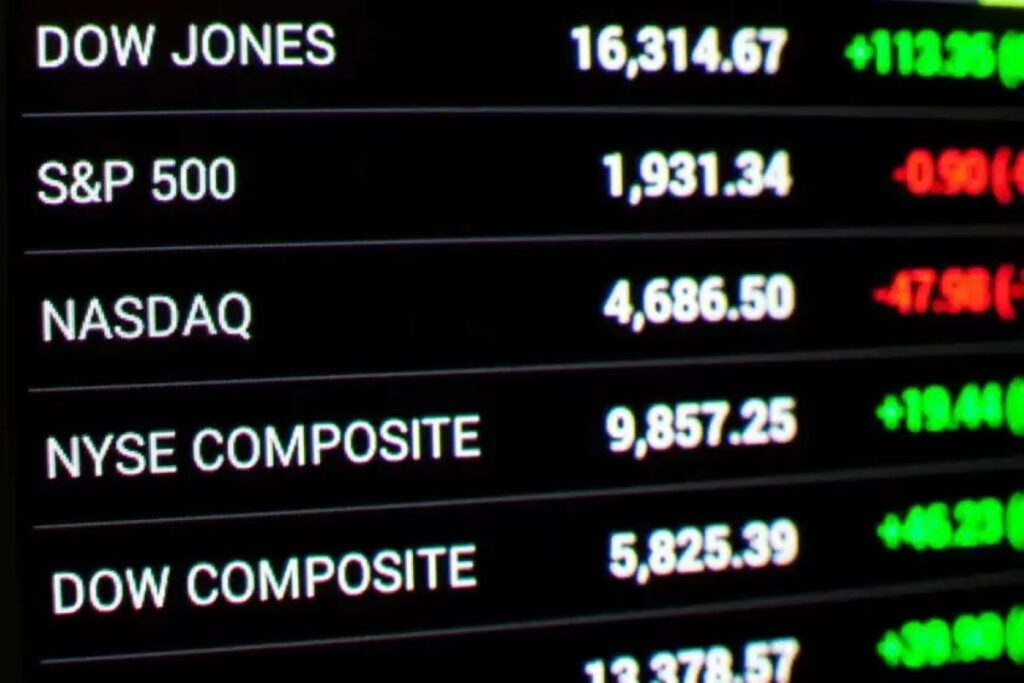
Most often, the fund manager invests in options contracts, which allow the trading of shares in an S&P 500 ETF at a price that is pegged for a certain period.
ALSO READ: Morgan Stanley’s Wealth Advisors Can Now Pitch Bitcoin ETFs
Fund Managers Have Always Had Ways of Shorting the Market
Buffered strategies for insuring stock investments are not new. However, the ETF version is a new development. Bruce Bond’s Innovator ETFs and First Trust ETFs were the first to be offered in 2018, while many others came on board in 2020 and 2021.
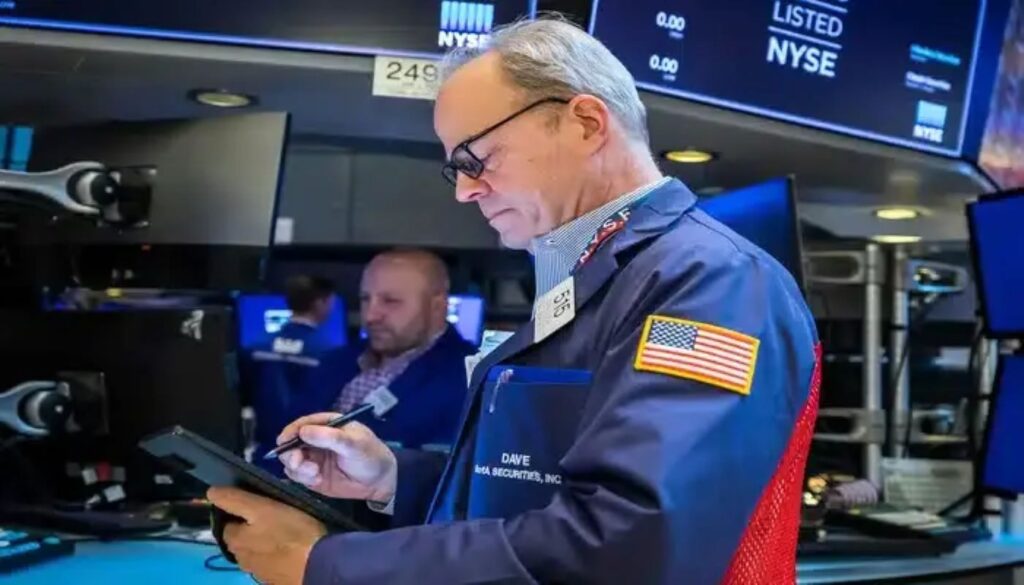
Unfortunately, a buffer ETF is not an investment anyone wants to sell directly to a client. Explaining how it works and benefits them could be a real hassle.
It Is Unadvisable for Investors to Buy and Manage Buffer ETFs Themselves
So, most of the time, financial advisers buy and actively manage buffer ETFs on behalf of their clients. According to Ryan Issakainen, ETF strategist for First Trust, “Investors need to reach a level of understanding to ensure they have the right expectations.”

Invariably, it would be ill-advised for cash-strapped investors without the technical understanding of buffer ETFs to invest directly in them without involving a financial adviser.
How Do ETFs Work?
When a buffered ETF is linked to the S&P 500 index, the fund manager decides how much downside protection and upside return the investment gets on the preferred option contract.

For common buffered ETFs, the investment’s outcome is locked in for the next 12 months and can only be tweaked after that period. So, at the end of the one-year buffer period, the ETF can be rebalanced with new and appropriate options for the next 12 months.
Buffer Strategies Vary From Company to Company
Interestingly, there are as many dynamics as there are companies offering investment packages when investors want to get started with buffer ETFs for the first time. Indeed, companies like Innovator ETF offer different defined outcome ETFs tailored to the S&P 500 index and the Nasdaq index.

Some ETF packages offer more upside for investors who are more concerned with maximum returns than protection from downsides. In contrast, some ETF packages offer a bigger cushion on downsides, with some companies providing 100% protection on all investment losses.
The Final Verdict on Buffer ETFs
It is okay to want some level of security in stock market investments. However, the average stock trader wouldn’t go for it, as some feel it diminishes the joy of unpredictability.
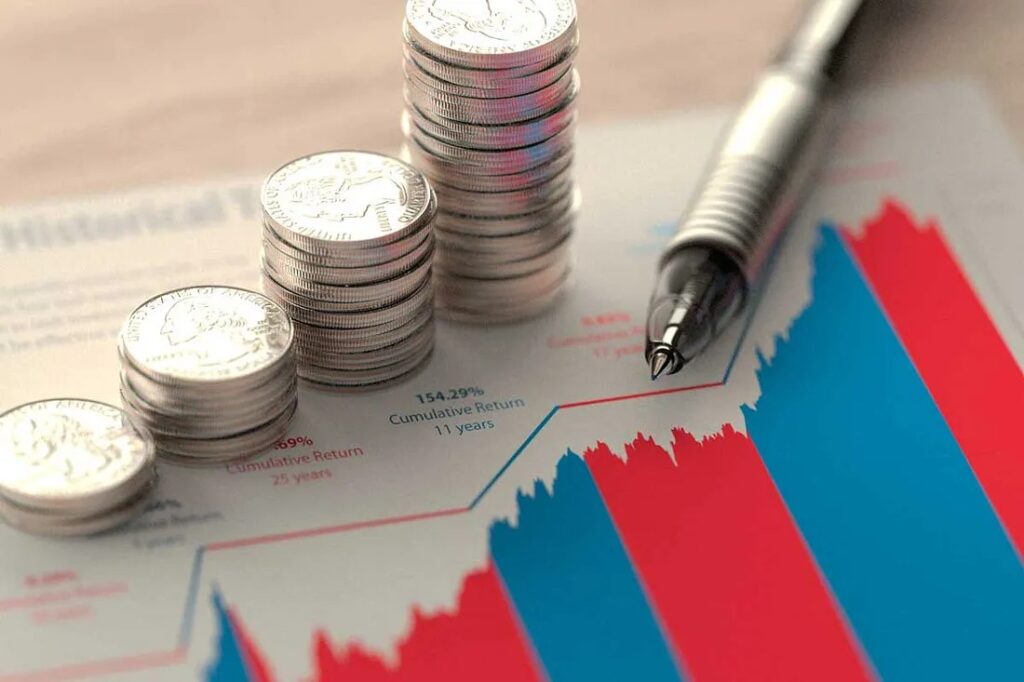
In 2022, the S&P 500 index tanked by 18.1%, but buffer ETFs belonging to the First Trust fund lost only 7.7%; the Pacer fund lost only 4.0% during the same period. However, is such security worth the expense?
Are Buffer ETFs Worth It?
Mark Higgins, the senior vice president at Index Fund Advisors, does not buy the idea of insuring investments in the stock market. He said, “My concern would be a lot of investors are creating a very expensive solution for what is ultimately a simple problem.”

In Higgins’ opinion, anyone who is risk-averse should avoid stock market investments. There are also cheaper methods of sidestepping market uncertainties, like adopting the ‘drop and pray’ strategy.
What is the Risk of Buffered ETF?
Judging by how buffered ETFs function, their demerits are mostly the result of market extremes. When the market’s upside or downside exceeds the insurance limits of a buffer strategy, as pegged by the funds manager, some returns are lost, or outright losses are incurred.

Buffered ETFs can be as risky as investing in regular stocks because even options are not entirely void of unpredictability. Even the fair predictability it offers can be a bane for upsides.
What is the Best Performing Buffered ETF?
According to MorningStar ratings, the SPDR SSGA US Small Cap Low Volatility Index ETF is the best-performing buffer strategy in July. It is one of the cheapest, too, with an expense ratio of 0.12%. In July, the SPDR SSGA made a return of about 15.1% against the 8.82% gain of regular funds.
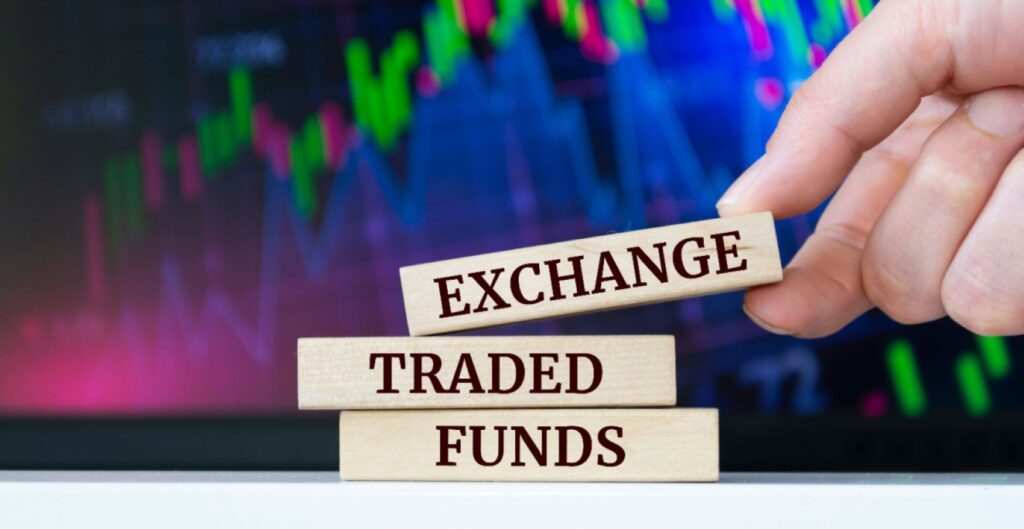
Similarly, the average 12-month gain of the SPDR SSGA has been a steady 19.31%, compared to 14.45% on regular funds.
ALSO READ: Cathie Wood Makes Major Investments in This Hot AI Stock—And It May Surprise You
What is a Downside Buffer?
A downside buffer is an investment strategy for capping the impact of losses on a fund over a given period, usually 12 months. For example, if an ETF has a 10% buffer against losses, it means if the original fund it tracks loses up to 10% of its value, the buffered ETF retains its value and suffers no loss.
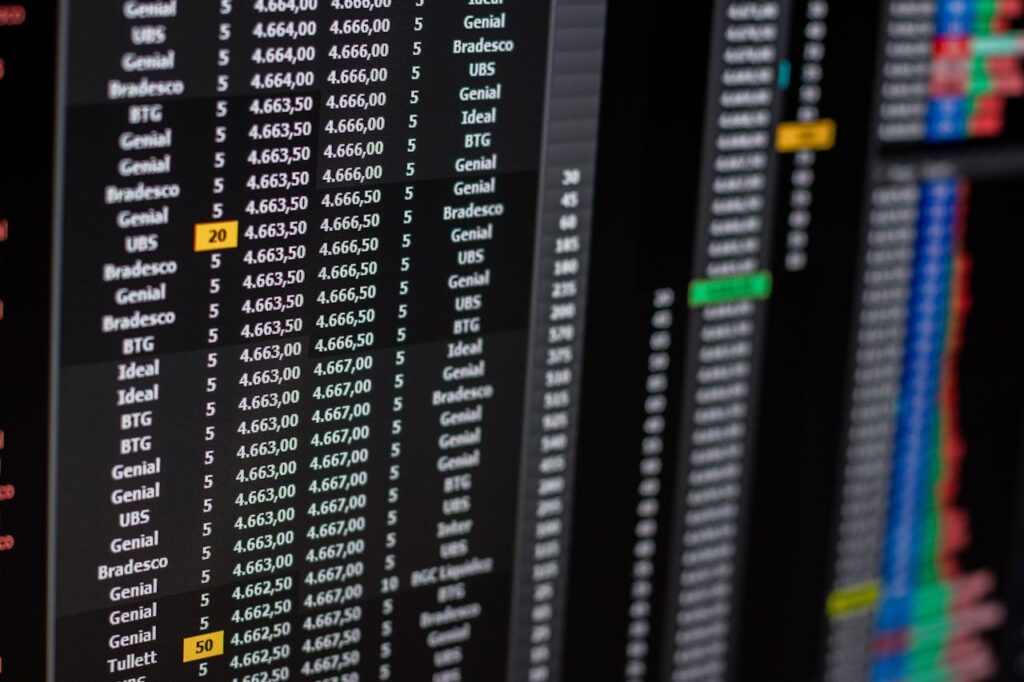
However, if the same tracked fund loses around 16% during the 12-month investment period, the buffered ETF would suffer a 6% loss.
You Might Also Like:
Cathie Wood Makes Major Investments in This Hot AI Stock—And It May Surprise You
Boeing Halts 777X Aircraft Tests After Discovering Damage to Jet Structure
Alaska Airlines and Hawaiian Airlines Merger Passes Justice Department Review, Awaits DOT Approval
Mars to Acquire Kellanova in $36 Billion Snack Industry Deal

